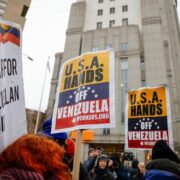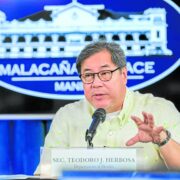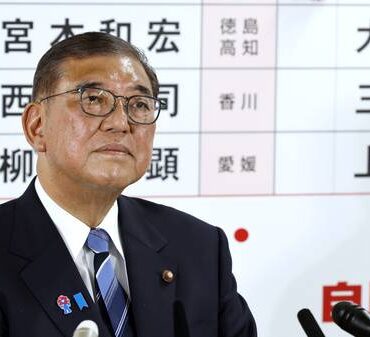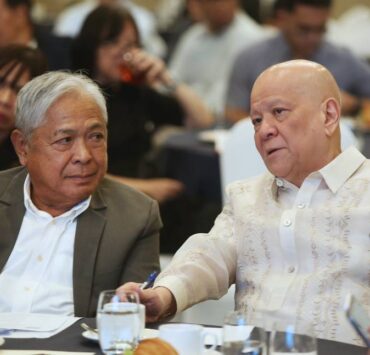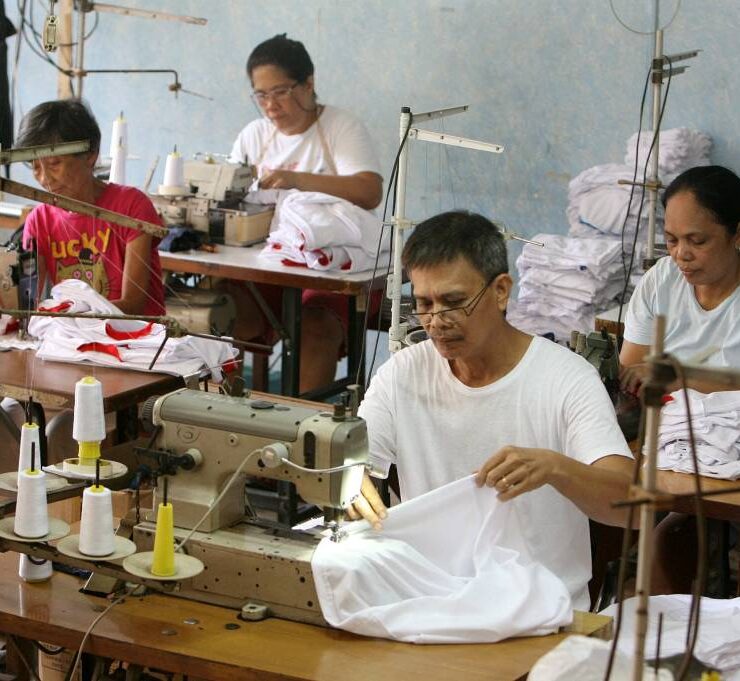PH poised for slowest post-COVID growth amid tariff onslaught
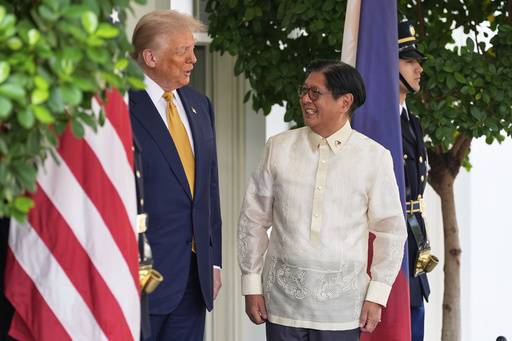
The Philippine economy may be headed for one of its slowest growth years since the pandemic, as headwinds from the US tariff storm gather strength.
In separate reports released on Wednesday, the Asian Development Bank (ADB) and Asean+3 Macroeconomic Research Office (AMRO) both trimmed their 2025 gross domestic product (GDP) growth forecasts for the Philippines to 5.6 percent.
That’s a downgrade from earlier projections. ADB had previously expected 6 percent, while AMRO’s initial forecast was a more bullish 6.3 percent.
Nevertheless, both revised projections remain within the Marcos administration’s watered-down growth target range of 5.5 to 6.5 percent.
“Growth forecasts for the Philippines are revised down amid external headwinds,” the ADB said. It added that the slower-than-expected GDP growth rate of 5.4 percent in the first quarter was a clear display of the US tariff war’s impact on the local economy.
“Net exports dragged on growth as brisk imports outpaced exports … Business confidence softened amid heightened global policy uncertainties,” the lender added.
Even then, the latest projections from ADB and AMRO indicate that the Philippines could still emerge as Southeast Asia’s second-fastest growing economy this year—trailing only Vietnam. ADB sees Vietnam expanding by 6.3 percent, while AMRO expects a stronger 7 percent growth.
This, amid the higher “reciprocal” tariff on Filipino goods bound for the US. Speaking after a bilateral meeting with US President Donald Trump, President Marcos said Washington will impose a 19-percent tax on Philippine shipments to America.
While that’s slightly lower than the 20 percent floated earlier this month, it still exceeds the 17 percent rate announced in April.
Mr. Marcos said the Philippines agreed to cut tariffs on American cars to zero and ramp up imports of US soy, wheat and pharmaceutical products as part of the deal.
At a press conference, Allen Ng, head of the regional surveillance group of AMRO, said the one-percentage point reduction in the tariff rate on Filipino goods would unlikely have a big impact on the updated projections of the institution.
“In the case of the Philippines, our assessment is that the impact will be very limited and it’s unlikely that we will materially change our forecast given the changes is actually from 20 percent to 19 percent and the fact that the economy of the Philippines is more domestic structured in a way,” Ng said.
“We have yet to incorporate this (19 percent tariff rate) into our outlook today and we will need to study the details as they come up eventually,” he added.
Looking ahead, both ADB and AMRO have also downgraded their GDP growth forecasts for the Philippines in 2026, though to varying degrees.
ADB now expects the economy to expand by 5.8 percent next year, down from its earlier estimate of 6.1 percent. AMRO, meanwhile, lowered its projection more sharply to 5.5 percent from 6.3 percent.
“Encouragingly, the ASEAN+3 region enters this period of global trade turbulence from a position of relative strength and resilience,” said AMRO chief economist Dong He.
“Most regional policymakers have acted early to cushion the impact of the trade shock, and policy space remains available for further support if needed,” Dong added.






